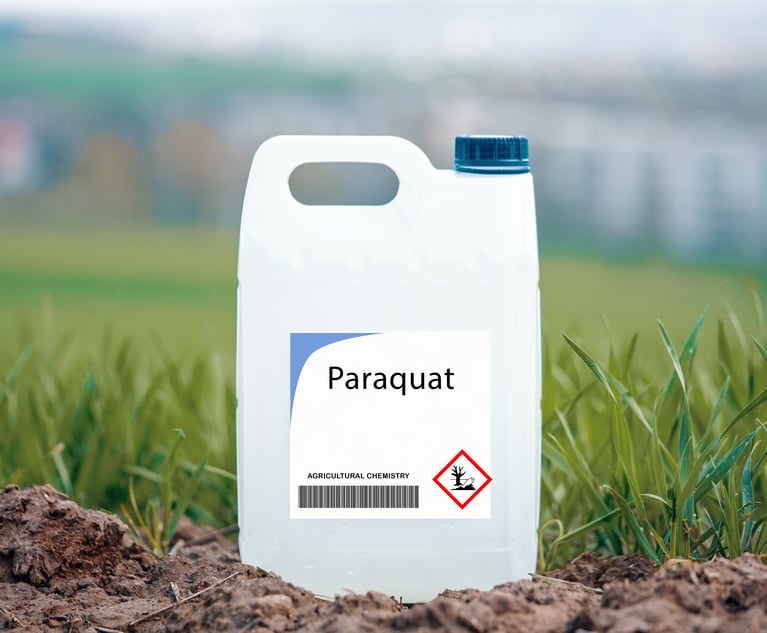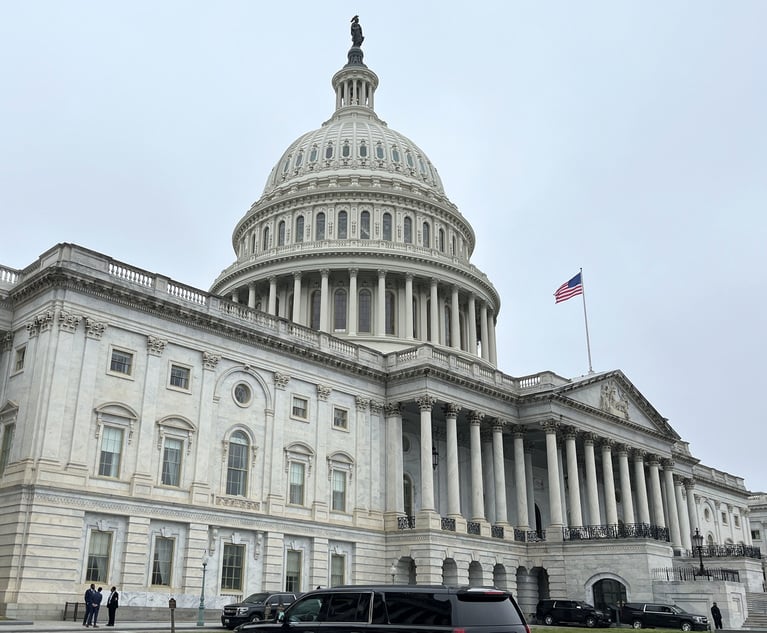Recently, the defense bar has increasingly cast class action verdicts of a certain size as “shock,” “runaway,” or “nuclear” verdicts. What qualifies as a “nuclear” or “shock” verdict is apparently defined as jury awards as low as $10 million, the implication being that any verdict exceeding seven figures surpasses what they would have one believe is a “reasonable” or “rational” plaintiff’s verdict. Under this definition, a large enough sum recovered by plaintiffs is presumptively “unreasonable,” without regard to the evidence actually presented at trial and its relation to the actual harm that the defendant caused to plaintiffs and the other class members.
This defense strategy attempts to condition potential jurors and judges in future cases that corporations responsible for causing a great deal of harm should not be responsible for fully compensating plaintiffs and the other class members, simply because the harm that they caused is too great. With this reframing of the issue, the defense bar would have potential jurors and courts avoid neutrally applying the law about who should bear the costs of a full recovery in the face of tortious conduct—or put more succinctly, avoid viewing plaintiffs in a sympathetic light and, instead, turn that sympathy toward the corporation. In a sense, the defense bar seeks to shift onto plaintiffs the burden of bearing rising litigation costs that corporations and insurers had always considered to be a “cost of doing business.” This notion is exemplified by the fact that defense firms generally tout and advertise their multimillion-dollar recoveries in business litigation, but assiduously demonize the same recoveries when obtained by plaintiffs. Why are large recoveries “reasonable” to redress business torts, but unreasonable and irrational when protecting plaintiffs’ interests?


 Credit: Production Perig/Adobe Stock
Credit: Production Perig/Adobe Stock





